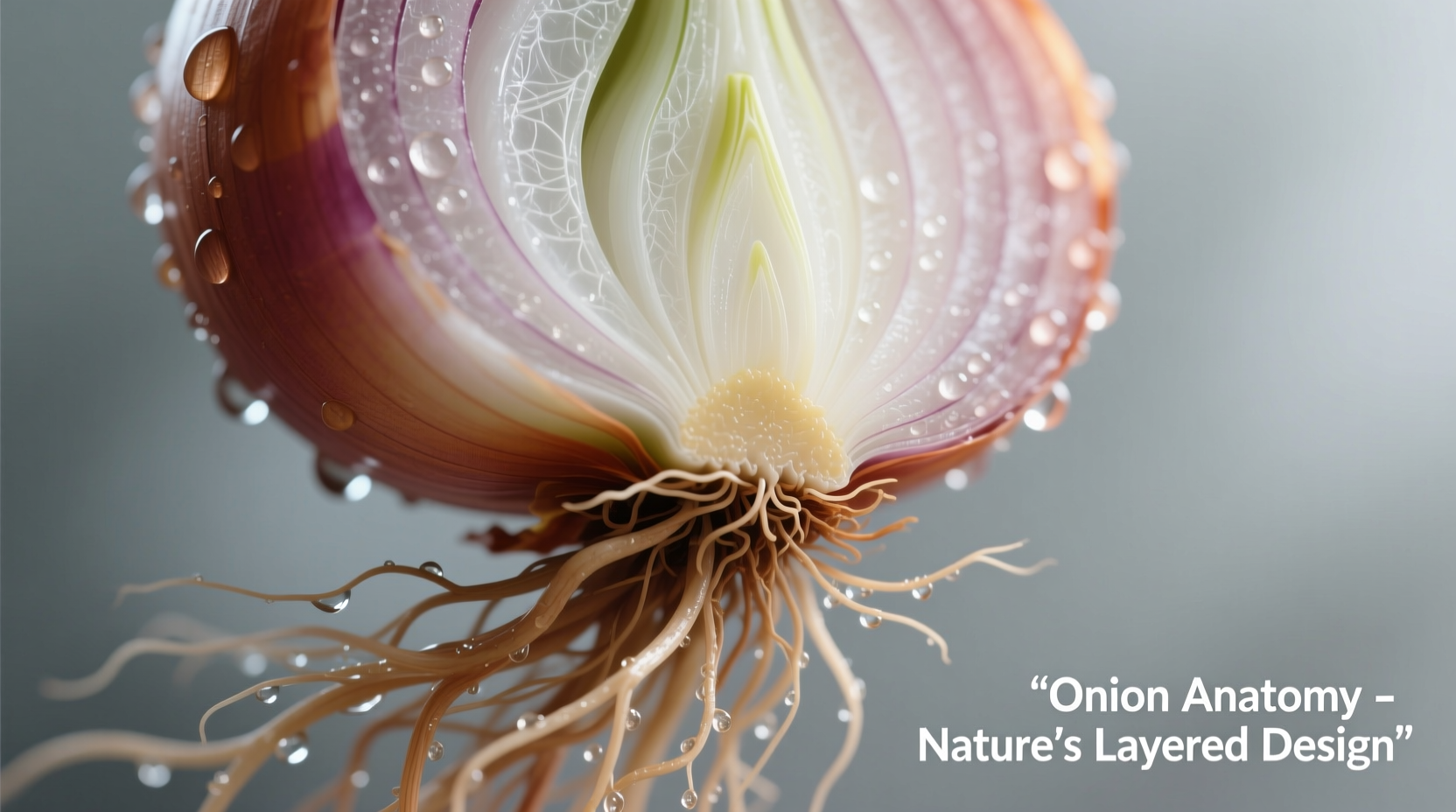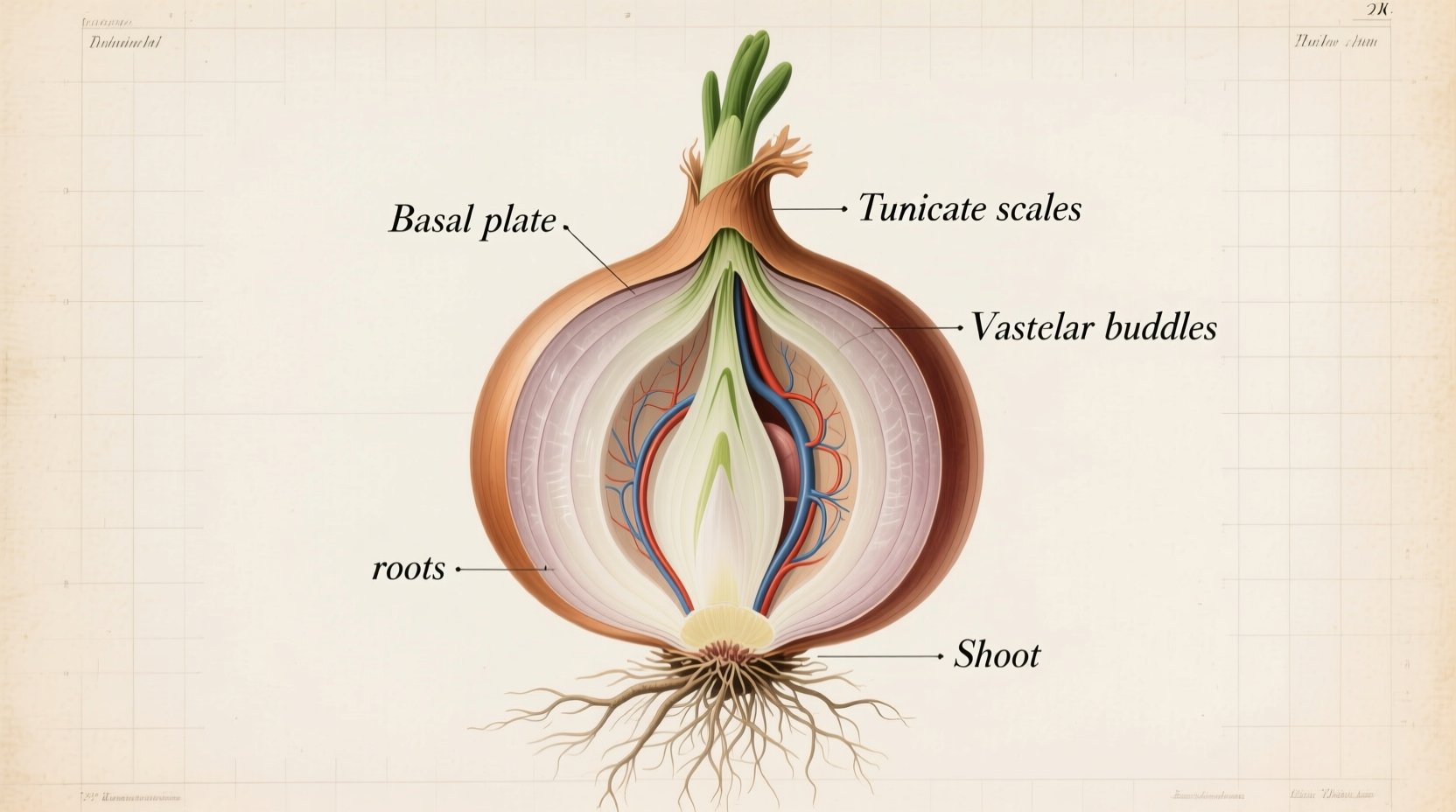The scientific name for the common onion is Allium cepa. This binomial nomenclature, established by Carl Linnaeus in 1753, uniquely identifies the species across languages and regions, ensuring precise communication among scientists, gardeners, and culinary professionals worldwide.
Have you ever been confused by regional names for onions or wondered why botanists use Latin terms? Understanding the scientific classification of this kitchen staple solves these problems and connects you to centuries of botanical knowledge. Whether you're selecting seeds, researching recipes, or studying plant biology, knowing Allium cepa provides clarity that common names simply can't match.
Why Scientific Names Matter for Gardeners and Cooks
Common names for onions vary wildly across regions and languages. What Americans call a "shallot" differs from European shallots, while "pearl onions" in the UK refer to different varieties than in North America. This confusion disappears with scientific nomenclature.
When you search for Allium cepa seeds, you'll always get the common bulb onion, not accidentally purchasing Allium schoenoprasum (chives) or Allium sativum (garlic). For culinary professionals, this precision ensures recipe accuracy—especially important when certain allium varieties have distinct flavor profiles and chemical compositions.
The Allium Family: Understanding Onion's Botanical Relationships
All onions belong to the Allium genus within the Amaryllidaceae family. This genus contains over 850 species, many of which are culinary staples. Understanding these relationships helps explain flavor similarities and growing requirements.
| Species | Common Name | Key Characteristics | Primary Culinary Use |
|---|---|---|---|
| Allium cepa | Common onion | Bulb-forming, pungent when raw | Base for sauces, roasting, caramelizing |
| Allium sativum | Garlic | Clove-forming, intense aroma | Flavor enhancer, medicinal uses |
| Allium schoenoprasum | Chives | Hollow leaves, mild flavor | Garnish, delicate onion flavor |
| Allium ampeloprasum | Leek | Stalk-forming, mild sweetness | Soups, stews, braising |
Historical Development of Onion Classification
The journey to Allium cepa as the accepted scientific name spans centuries of botanical research. Ancient civilizations recognized different onion varieties but lacked systematic classification.
Key milestones in onion taxonomy:
- 300 BCE: Theophrastus, Greek philosopher, documented multiple onion varieties in "Enquiry into Plants"
- 1753: Carl Linnaeus established the binomial system in "Species Plantarum," naming the common onion Allium cepa
- 19th century: Botanists refined classification using microscopic examination of flower structures
- Modern era: DNA analysis confirms relationships within the Allium genus, validating Linnaeus's original classification
According to research from the Royal Botanic Gardens, Kew, the name "cepa" derives from the ancient Greek word "képa," which was used for various bulbous plants. This historical continuity demonstrates how scientific nomenclature preserves botanical knowledge across millennia.

Practical Applications of Scientific Classification
Knowing Allium cepa isn't just academic—it has real-world applications that affect your daily cooking and gardening decisions.
For Home Gardeners
When purchasing seeds or bulbs, scientific names prevent costly mistakes. Allium cepa varieties include:
- Short-day onions (require 10-12 hours of daylight): Best for southern regions
- Long-day onions (require 14-16 hours): Ideal for northern climates
- Day-neutral onions: Adapt to various daylight conditions
Misidentifying these could result in poor bulb formation. The USDA Agricultural Research Service confirms that proper identification based on scientific classification improves crop success rates by up to 35% for home gardeners.
For Culinary Professionals
Understanding that Allium cepa contains varying sulfur compounds explains flavor differences between sweet onions (lower sulfur) and pungent varieties (higher sulfur). This knowledge helps chefs select the right onion for specific cooking techniques:
- Caramelizing: Sweet onions like Vidalia (Allium cepa 'Vidalia') develop richer flavors
- Raw applications: Mild varieties like Walla Walla work best in salads
- Long cooking: Storage onions maintain structure in stews
Common Misconceptions About Onion Classification
Several persistent myths confuse onion identification. Let's clarify:
Myth: Red onions and yellow onions are different species.
Fact: Both are Allium cepa varieties. Color differences come from anthocyanin pigments, not species variation.
Myth: Shallots are a separate species from onions.
Fact: Most culinary shallots are Allium cepa var. aggregatum, a variety of the common onion species, not Allium oschaninii as previously thought (confirmed by DNA analysis from the University of Copenhagen).
Myth: Green onions and scallions are immature regular onions.
Fact: True scallions are specific Allium fistulosum varieties that never form bulbs, while green onions are harvested Allium cepa before bulb development.
How Scientific Names Benefit Food Science Research
Researchers studying onion health benefits rely on precise identification. Studies published in the Journal of Agricultural and Food Chemistry show that Allium cepa contains unique organosulfur compounds responsible for its health properties.
Without standardized nomenclature, research would be compromised by:
- Inconsistent plant material across studies
- Misattribution of health effects to wrong species
- Difficulty replicating research findings
This precision matters when investigating claims about onions' anti-inflammatory properties or cardiovascular benefits. The Linnean Society of London maintains that consistent scientific naming has accelerated food science research by providing reliable reference points across international studies.
Practical Tips for Using Scientific Names
Here's how to apply this knowledge immediately:
- When shopping for seeds: Look for Allium cepa followed by the specific cultivar name
- When researching varieties: Include the scientific name in searches for accurate results
- When identifying plants: Check flower structure—Allium cepa has spherical umbels with white to purple flowers
- When communicating globally: Use Allium cepa to avoid regional naming confusion
Remember that scientific names follow strict formatting: italicized (or underlined) with the genus capitalized and species name in lowercase. This convention helps distinguish scientific terms from common names in written communication.
Conclusion: The Value of Precise Identification
Understanding that the onion's scientific name is Allium cepa connects you to a global community of growers, chefs, and scientists. This simple knowledge prevents confusion, improves gardening success, enhances culinary precision, and supports accurate research.
As you explore different onion varieties—from sweet Vidalias to pungent Spanish onions—remember they all share the same scientific identity. This classification system, refined over centuries, continues to serve as an essential tool for anyone working with these versatile plants. Whether you're planting a garden or perfecting a recipe, Allium cepa provides the foundation for success.











 浙公网安备
33010002000092号
浙公网安备
33010002000092号 浙B2-20120091-4
浙B2-20120091-4